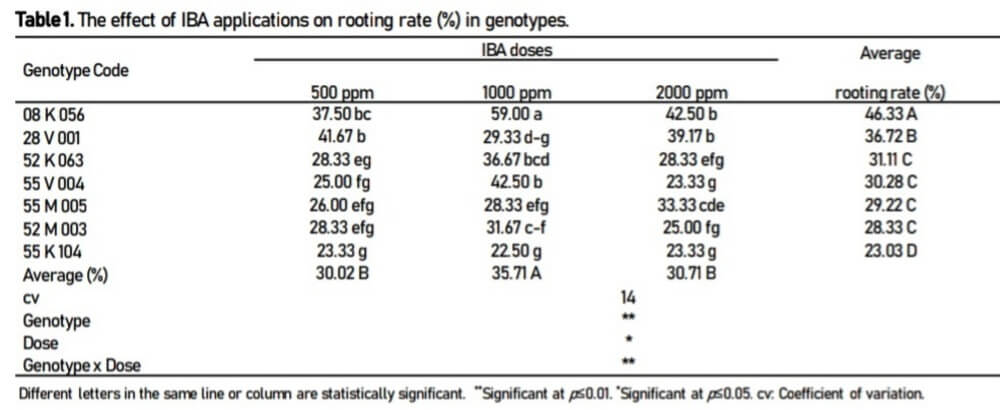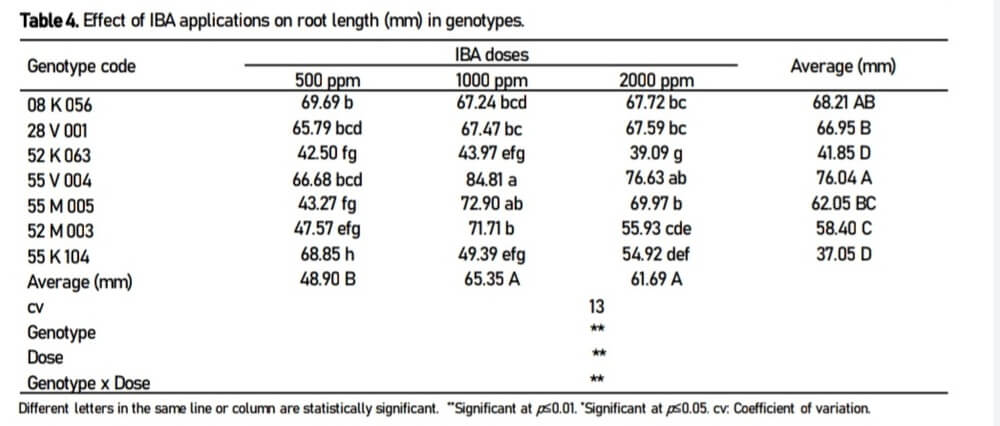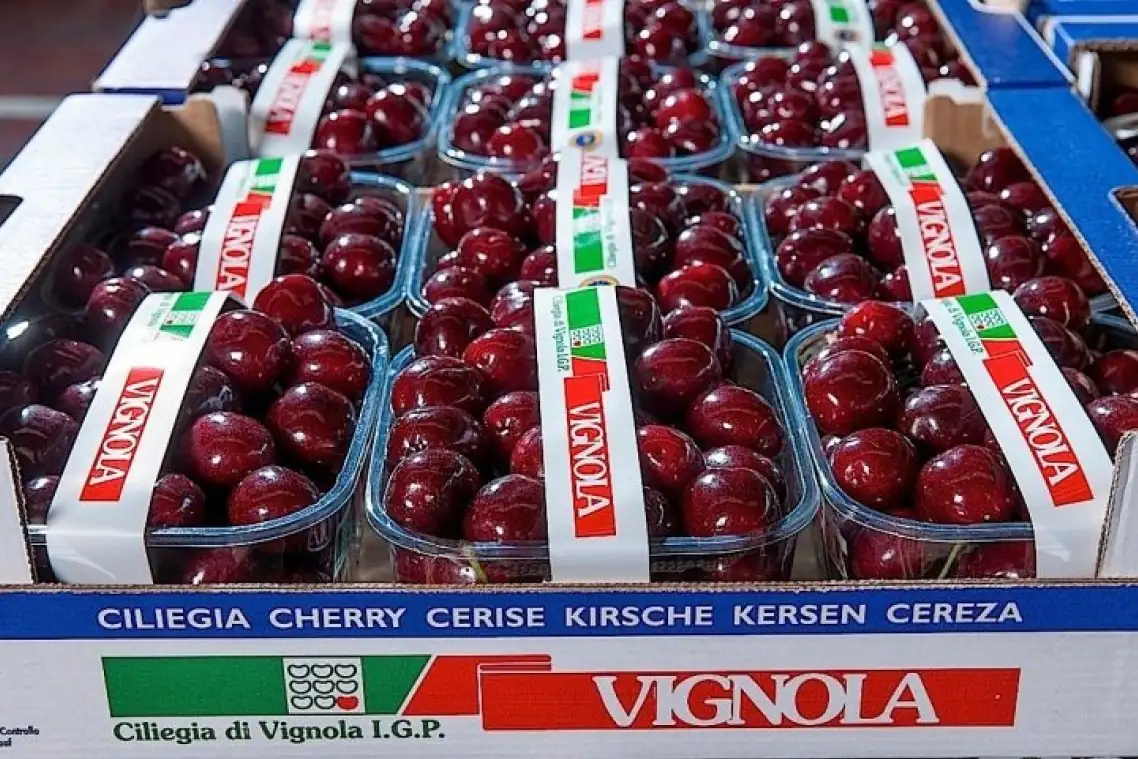Numerous studies have been conducted over long periods of time to understand (and, subsequently, improve) rootstock propagation. This has led to positive results in propagating cuttings in species that are not inherently difficult to root. Subsequently, the use of phytoregulators facilitated the acceleration of the vegetative propagation process, thus enabling faster propagation of fruit varieties and their rootstocks.
Propagation by cuttings involves the preparation of plant parts, such as leaves, branches or root sections, which are detached from the mother plant and then treated with growth regulators and placed in an environment with suitable humidity and temperature conditions to facilitate root formation. The plant acquired by this method has all the traits inherent in the progenitor plant.
The technique of plant propagation by cuttings can be used for a wide range of tree species, which can be harvested by three distinct stages: softwood cuttings, semi-hardwood cuttings, and hardwood cuttings. Plant growth regulators, including indol-3-acetic acid (IAA), indol-3-butyric acid (IBA) and alpha-naphthalenacetic acid (NAA), are commonly used in the vegetative propagation process.
Growth regulators actively contribute to increasing rooting rate and reducing the rooting duration phase. In the specific case of clonal rootstocks, the part related to their vegetative propagation is of considerable importance. In the event that vegetative propagation of a clonal rootstock proves difficult, the spread of such a rootstock may be unattainable, despite its commendable characteristics.
Therefore, it is imperative to explore the potential of vegetative propagation of rootstocks. In this particular context, there are various research groups focused on improving and optimizing the process of propagation by cuttings in fruiting plants.
The purpose of the study conducted by researchers at the Black Sea Agricultural Research Institute (Turkey) was to examine the impact of different concentrations of indole-3-butyric acid (IBA) on the rooting process of softwood cuttings from potential rootstock candidates, including sweet cherry, sour cherry and Prunus mahaleb genotypes.
The experiment was conducted in a greenhouse equipped with underfloor heating and mist. Softwood cuttings were harvested in June and treated with different concentrations of IBA: 500, 1000 and 2000 parts per million, respectively. Perlite was used as propagation medium, while the rooting medium was disinfected with methyl bromide before planting.
The application of IBA had a statistically significant positive impact on several parameters, including rooting rate, number of roots, number of branched roots, and average root length. Based on the data acquired from the study, it was seen that the most significant root formation rate (59%) was achieved with a dosage of 1,000 parts per million of indol-3-butyric acid (IBA).
In conclusion, this study showed that the rooting rate and root length of cuttings from cherry rootstock candidate genotypes were influenced by the concentration of indol-3-butyric acid (IBA).
Specifically, a concentration of 1000 parts per million of IBA was found to be optimal for promoting rooting rate and root length. In addition, to increase the number of roots and branching, a concentration of 2000 ppm IBA was identified as the most suitable dosage.
Source: Aydın, E. & Er, E. (2023). The effect of different IBA doses on rooting in soft-wood cuttings of rootstock candidate sweet cherry, sour cherry and mahaleb genotypes . Turkish Journal of Food and Agriculture Sciences , 5 (1) , 48-54 . DOI: 10.53663/turjfas.1297196
Melissa Venturi
University of Bologna (IT)
Cherry Times - All rights reserved














